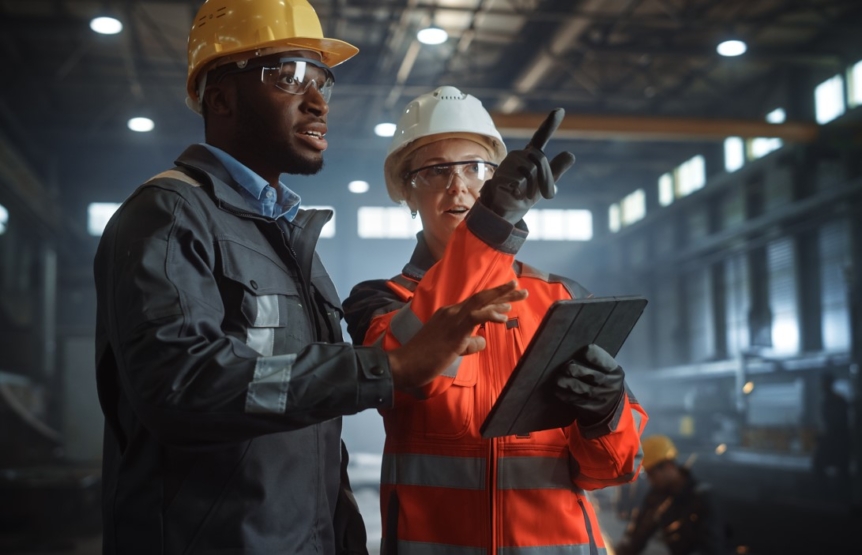Q&A with Ryan Overly, Risk Control Consultant with Murray, an AssuredPartners company
By Jenn DeWalt, Business Development Specialist, Murray
This is the second part of a series on safety considerations for manufacturing companies:
The first part of the series covered specific loss control considerations manufacturing companies need to consider regarding workers’ compensation and keeping their employees safe.
Almost $1.2 billion is paid out every week in our country for workers’ compensation claims. Manufacturers in particular may be experiencing what often seem like small incidents, but those small claims are certainly adding up.
Ryland Overly, GSP, Risk Control Consultant from Murray’s Risk Management team, offers information that can help those businesses in the manufacturing industry develop a better safety culture.
Q: What are the top causes of loss in the manufacturing industry?
A: Fatal and non-fatal injuries have been on a steady upward trend for the past few years. Some of the leading causes of fatal work-related injuries since 2011 include contact with object or equipment (this includes struck by object or equipment) and transportation incidents. Struck by object or equipment, exposure to harmful substances or environments, and falls, slips, trips have been rotating as the third and fourth leading causes of fatal work-related injuries.
Q: What types of injuries are included in these categories?
A: Contact with object, equipment in fatal and non-fatal injuries encompasses several subcategories, including:
- A moving object striking a worker
- A worker striking against an object or equipment, including bumping into, stepping on, kicking, or being pushed or thrown onto an object
- A part of a worker’s body being squeezed, pinched, compressed, or crushed in equipment, between shifting objects, between stationary objects, or in a wire or rope
- A worker being struck, caught, or crushed in collapsing structure, equipment, or material
- A worker being injured because of friction or pressure between the person and the source of injury
- A worker being injured from vibration
Some of the other top loss categories – along with their subcategories – include:
Exposure to harmful substances or environments includes exposure to:
- Electricity
- Radiation and noise
- Temperature extremes
- Air and water pressure change
- Other harmful substances, such as contagious and infectious diseases, for example COVID-19
- Oxygen deficiency
- Exposure to traumatic or stressful event
Overexertion and bodily reaction include:
- Non-impact injuries resulting from excessive physical effort directed at an outside source; common activities include lifting, pushing, turning, holding, carrying, or throwing
- Repetitive motion microtasks resulting in stress or strain on some part of the body due to the repetitive nature of the task, typically without strenuous effort such as heavy lifting
Slips, trips, and falls includes the following types of events:
- Slips and trips without falling: Injuries occurring when a worker catches him / herself from falling due to slip or trip
- Falling on the same level: Includes tripping, slipping, falling while sitting, and falling onto or against object on the same level
- Falling to a lower level: Includes falling from a collapsing structure, falling through surfaces, and falling from ladders, roofs, scaffolding, or other structures
- Jumping to a lower level: Different from falls because they are controlled and voluntary
For more information or to be connected to our dedicated Manufacturing experts and extensive Risk Management team, contact our Business Development Specialist here at Murray, an AssuredPartners company, or call (717) 397-9600.
Share this Post

